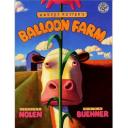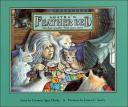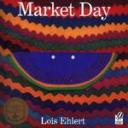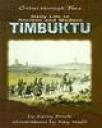Summary:
“Harvey Potter was a very strange fellow indeed. He was a farmer, but he didn’t farm like my daddy did. He farmed a genuine, U.S. Government Inspected Balloon Farm.” Harvey Potter’s Balloon Farm was written by Jerdine Nolen and illustrated by Mark Buehner and the opening paragraph says it all. Told from the point of view of a small, curious farm girl, this book tells the story of a mysterious farmer who grows balloons instead of traditional farm crops like fruits and vegetables. The farmer doesn’t say much and looks like your normal, average farmer but for the little farm girl, curiosity kills the cat. She sneaks out to find out how he grows his balloons and once she discovers his secret, she is nothing short of amazed and frightened. But Harvey Potter’s winning personality doesn’t change the narrator’s opinion of him and after a visit from the government, Harvey Potter is allowed to continue growing balloons. This story is a wonderful story for young children to discover what a little bit of creativity can do to a person.
Curriculum Connections:
With this book, children learn what being a farmer is like. They aren’t the richest people in the world, but by using the resources that they have and the “can-do” spirit inside of them, they realize that even with a scarce number of resources laid out in front of them, they can make anything happen (SOL 2.9). Also in this book, children understand how important it is to respect the personal property of others. Both the narrator and an irritable, older farmer trespassed on Harvey Potter’s farm to discover his secret about growing balloons. But unlike the farmer, the narrator always respected Harvey Potter and made multiple attempts to befriend him, which she did and also painted the picture of what it means to be a good neighbor/citizen as well (SOL 2.10, K8).
Additional Resources:
Harvey Potter’s Balloon Farm Lesson Plan: This website provides a fantastic lesson plan for teachers to use in their classroom and also contains a wonderful and fun activity that students will enjoy.
Balloon Crafts for Kids: Have you ever wondered what kinds of things you can make with balloons? With this website, children will receive an enjoyable experience of making different kinds of arts & crafts while using balloons.
Balloon People: Have you ever wanted your very own balloon person? With this website, you can create just that: a magical person using a balloon and other different crafts. Perfect for the small child who loves balloons or playing imagination.
General Information:
Book: Harvey Potter’s Balloon Farm
Author: Jerdine Nolen
Illustrator: Mark Buehner
Publisher: HarperCollins
Publication Date: 1998
Pages: 32
Grade Range: K-2
ISBN: 0-590-63095-4









